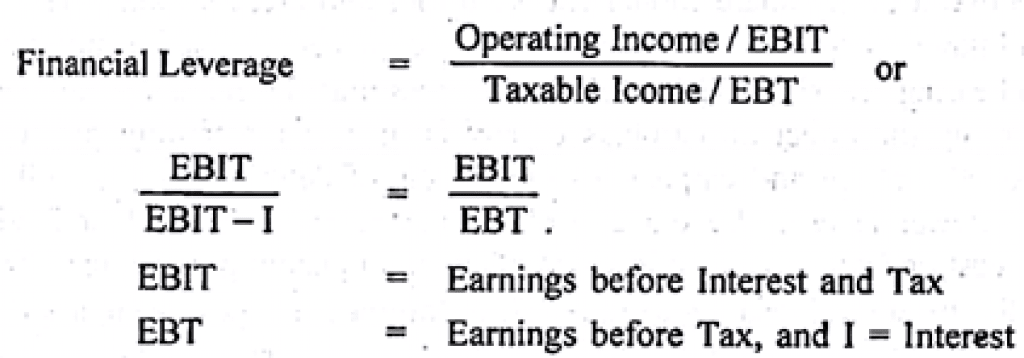
Leverage is a term used in forex trading that refers to the contribution made by the margin to the trader’s position. In other words, leverage allows traders to control a larger volume of securities for less capital than if he or they were to trade solely with their own money.
Most brokers offer some form of leverage, but the amount available varies. For example, 50:1 leverage means that a trader can control $50 worth of currency for every $1 that he or she has in their account. Leverage can be a double-edged sword, however, as it can magnify both profits and losses.
What is leverage in forex?
Leverage is a key concept in forex trading. Leverage allows traders to open bigger positions than they would otherwise be able to, amplifying both profits and losses.
Most forex brokers offer leverage of 50:1, 100:1, or even 200:1. This means that a trader can open a position worth up to $200 for every $1 in their account.
While leverage can amplify profits, it also magnifies losses. Therefore, it is important to use leverage responsibly and only trades with money you can afford to lose.
How it affects the trade
Leverage is a key concept in forex trading and refers to the use of borrowed capital to magnify potential profits. In other words, when you trade with leverage you can gain a larger return on investment than if you were trading without it. However, it’s important to remember that leverage also amplifies potential losses. So, while leverage can be a helpful tool for increasing your profits, it needs to be used carefully.
When you trade forex with leverage, you’re essentially borrowing money from your broker in order to increase your position size. This allows you to trade more money than you would be able to without leverage. For example, let’s say you have $10,000 in your account and want to place a $100,000 trade. Without leverage, this would not be possible as you don’t have enough money in your account. However, if you’re using 50:1 leverage then you can place the trade as you only need $2,000 in your account (50 x $100,000 = $2,000).
While leveraged trading can help you achieve greater profits, it also comes with greater risk. This is because when your position size is increased through leverage so too are your potential losses. So, while leverage can help amplify your profits it’s important to remember that it also amplifies losses. Therefore, it’s crucial that you manage your risk carefully when using leverage in order to avoid taking on too much risk and losing more
Different types of leverage

Leverage is a tool that allows traders to control a larger amount of currency than they would be able to without leverage. Leverage can be created by using various financial instruments, including derivatives, margin accounts, and credit lines.
There are many different types of leverage, each with its own advantages and disadvantages. The most common types of leverage are:
- Financial instrument leverage: This type of leverage allows traders to control a larger amount of currency by using various financial instruments, such as derivatives and margin accounts.
- Credit line leverage: This type of leverage allows traders to control a larger amount of currency by using a line of credit from their broker.
- Derivatives leverage: This type of leverage allows traders to control a larger amount of currency by using derivative contracts, such as options and futures contracts.
- Margin account leverage: This type of leverage allows traders to control a larger amount of currency by using a margin account with their broker.
- Cross-currency pair leverages: This type of leverage allows traders to control multiple currencies at once by using two or more currency pairs.
Tips for utilizing leverage

Leverage is one of the most important aspects of forex trading. It allows you to trade with more money than you have in your account, which can lead to bigger profits. However, it can also lead to bigger losses, so it’s important to use leverage wisely.
Here are some tips for utilizing leverage:
- Don’t overleverage – only use as much leverage as you feel comfortable with.
- Use stop-loss orders – these will limit your losses if the market moves against you.
- Take profits when you can – don’t let your winners run too far, or you could give back all of your profits.
- Be patient – don’t force trades, wait for good opportunities to come to you.
- Have a plan – know what you’re doing before you enter a trade, and stick to your plan even if things go against you at first.








